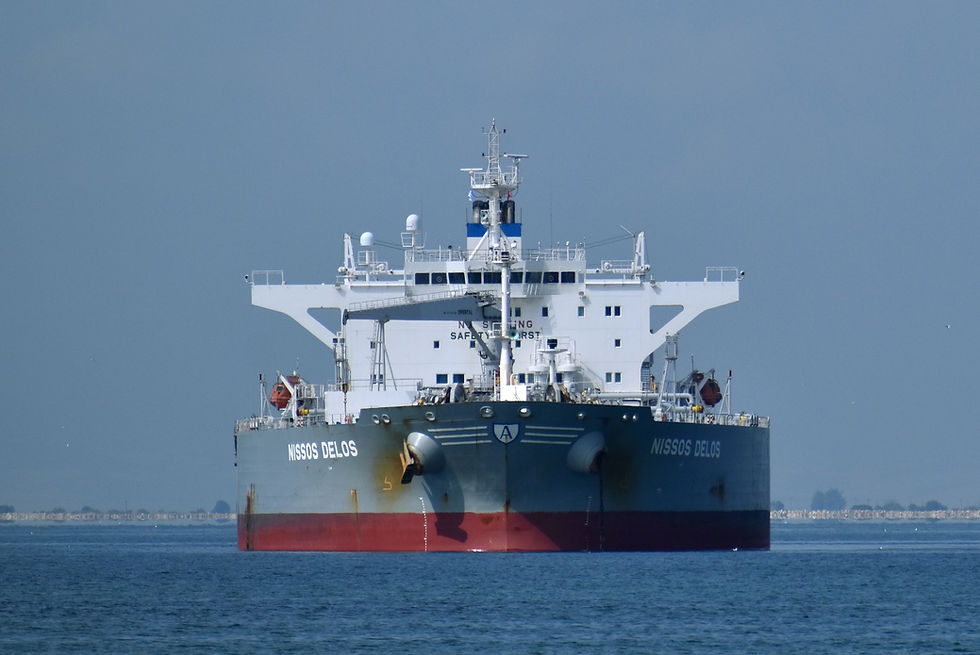LNG Bunker Vessel with SWATH Approved by RINA for Safer Sea Handling
- The Decision Maker
- Dec 23, 2021
- 2 min read
London, Thursday, 23 December 2021 -
Companies are working to develop bunkering solutions for the growing fleet of LNG-fuelled vessels, as the number of LNG-fuelled vessels grows rapidly. The RINA classification organization in Italy has approved the design of a new class of shuttle tanker created by CMIT Europe, a division of China Merchants Group, operating in Italy. The design, according to RINA, is the world's first of its sort and has the potential to significantly aid LNG expansion.
Weather Independent Shuttle Tanker is how CMIT refers to its concept (WIST). The vessel's advantage, according to the designers, is that it will be able to operate in any sea condition, allowing for 24-hour bunkering.
According to CMIT, "the WIST is the only bunker vessel that can sail and function regardless of weather conditions." After analysing the concept, RINA stated that "this approach will greatly help to the safe and efficient spread of LNG use onboard vessels."
CMIT based the design on an existing concept that, while long-proposed, has had limited success in the shipping industry. The concept, known as a Small Water Plane Area Twin Hull (SWATH), has been used because it gives higher stability and sea-handling capabilities. However, the only large cruise ship built with the SWATH design proved to be slow and inefficient. CMIT, on the other hand, believes that SWATH's sea-handling qualities are ideal for their bunkering vessel.
The yacht would be slightly over 200 feet long and 62 feet wide, allowing it to navigate most harbours with ease. To create a work area, the ship would use two pontoons with a platform spanning the pontoons. In C tanks, it would be capable of transporting 2000 m3 of LNG.
The SWATH design has been proved to lower pitch and provide superior sea capabilities than a typical monohull by decreasing the buoyancy area. With its two pontoons and size, the WIST would be even more manoeuvrable than a typical SWATH vessel. Both the absence of wave creation due to motion and the elimination of vertical accelerations during motion are two advantages of the design.
(Researched, written and edited by: The Decision Maker)


Comentários